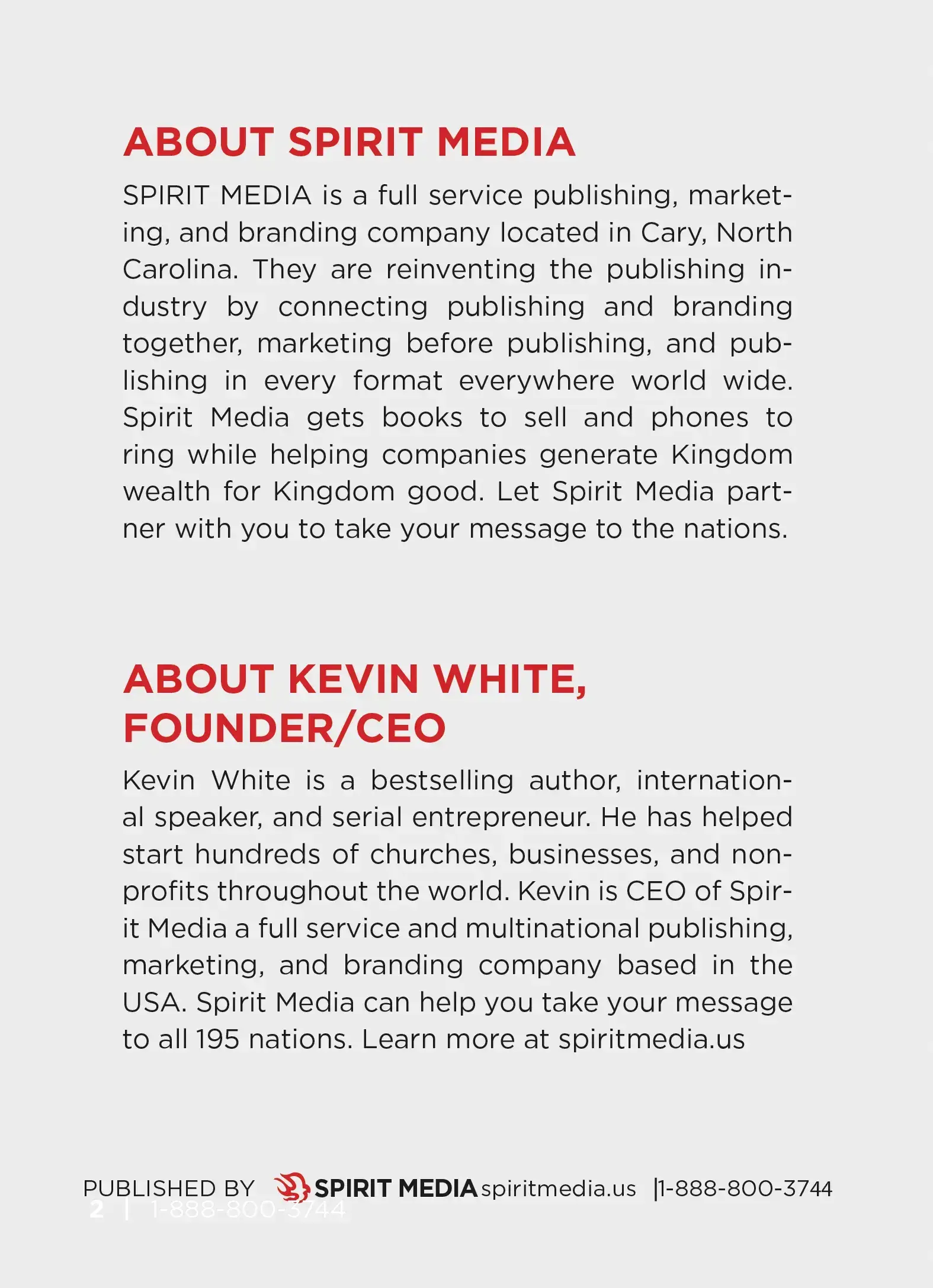Self Publishing vs. Traditional Publishing
Traditional publishing continues to be a significant force in the book industry, providing authors with established infrastructure, industry expertise, and access to wide readership. However, self publishing has emerged as a powerful and transformative force in the world of literature, revolutionizing the way authors bring their self-published books to the public eye.
The following statistics highlight the key trends and insights specifically related to traditional publishing:
In 2020, the revenue for global traditional publishing was $107 billion.
In the US, over 2.1 million traditional books were published in 2020.
The traditional publishing market share was dominated by the “Big Five” publishers (Penguin Random House, Hachette, HarperCollins, Macmillan, and Simon & Schuster).
Traditional publishing advances vary widely, ranging from thousands to millions of dollars.
Traditional publishing royalties are typically 8% to 15% of the book’s list price.
The traditional book distribution utilizes established networks to reach various sales channels.
Traditional publishing has low acceptance rates for unsolicited manuscripts (0.5% to 2%).
The traditional publishing industry provides opportunities for various roles in editing, design, marketing, etc.
Now, let’s explore the statistics and trends for self-publishing:
300 million self-published books sold annually, contributing to 1.25 billion total book sales.
Average cost of self-published books is $4.16.
Self-published authors earn an average of $1,000 per year.
90% of self-published authors sell around 100 copies for each published book.
1,200 traditionally published authors earn $252,000+ annually.
1,600 self-published authors earn $25,000+ per year.
Self-publishing market is projected to grow at a CAGR of 17%.
Number of self-published books increased by 264% in the last 5 years.
According to the Alliance of Independent Authors (2020), the publishing industry has undergone a significant transformation with the advent of digital technology and the rise of self-publishing. The growing popularity of e-books and online subscription models has revolutionized the publishing industry and readers’ habits. Beyond the US, millions of book buyers worldwide are purchasing and consuming books without the traditional gatekeepers’ judgment or mediation.
Elaine Pofeldt’s article in Forbes, “Should You Self-Publish Your Book?” delves into the complex decision faced by prospective authors, particularly entrepreneurs, regarding self-publishing versus seeking a commercial publisher. She emphasizes the significant differences between traditional publishing and self-publishing experiences, urging authors to understand these distinctions before making a choice.
The rise of self-publishing has revolutionized the way authors bring their published books to readers. With advantages such as creative control and higher royalties, self-published authors can reach a global audience and thrive in the competitive publishing landscape. The self-publishing landscape continues to evolve, providing authors with the freedom and potential for growth as they navigate the dynamic publishing industry. And this is where Spirit Media comes in; we can help you publish and market your book and get them out there in 195 nations.
In conclusion, traditional publishing has undergone significant changes and adaptations in response to the rising popularity of e-books and other digital formats. However, self-publishing has emerged as a dominant force in the publishing world, empowering authors to take control of their published books and connect directly with readers. Self-publication has proven to be a transformative and influential phenomenon in the evolving landscape of publishing.
Sources:
Alliance of Independent Authors. “Facts and Figures about Self-Publishing: The Impact and Influence of Indie Authors.” Accessed June 13, 2023. https://selfpublishingadvice.org/facts-and-figures-about-self-publishing-the-impact-and-influence-of-indie-authors/.
Hebert, J.J. “Self-Publishing Versus Traditional Publishing: Pros And Cons For Leaders To Consider.” Forbes Business Council. August 15, 2022. Accessed June 13, 2023. https://www.forbes.com/sites/forbesbusinesscouncil/2022/08/15/self-publishing-versus-traditional-publishing-pros-and-cons-for-leaders-to-consider/?sh=341b2ded6241.
Pofeldt, Elaine. “Should You Self-Publish Your Book?” Forbes, October 31, 2020. Accessed June 13, 2023. https://www.forbes.com/sites/elainepofeldt/2020/10/31/should-you-self-publish-your-book/?sh=5513c58242cf.




